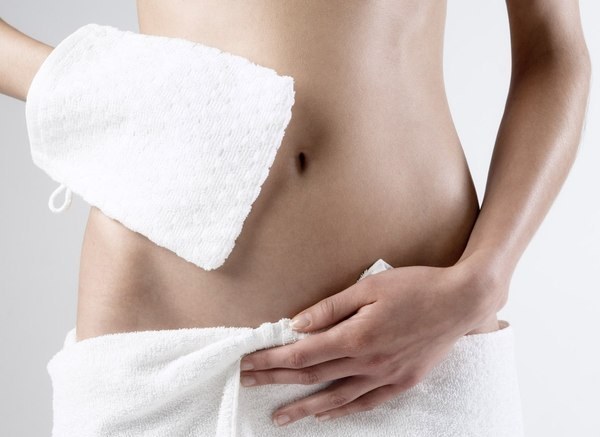Conventional wet or special?
Not so long ago among the assortment of drugstores and cosmetics stores appeared wet wipes for intimate hygiene. Alas, some unscrupulous producers can under the guise of intimate to sell the most ordinary cloth. And well, if you accidentally grab a package off the shelf to wipe the hand car, but if you plan to use it for its intended purpose, the consequences can be unpredictable.
For this reason, before purchase be sure to take a few minutes to study composition. The main difference between the regular wet wipes from intimate – the presence of alcohol. For intimate hygiene alcohol use is impossible – it too has an aggressive effect on delicate skin. Also in the real wet wipes for women will definitely be a natural extracts: aloe, chamomile, calendula, and the like. In intimate wipes often contain milk protein or whey they are beneficial to the microflora of the most delicate places of your body.
How often can I use
If wipes for intimate hygiene with quality, you can use them several times a day. However, to get involved in this is also not necessary. Yet, too frequent use of such tools can damage the microflora of the genital organs. After all, nature is absolutely not provided that after each trip to the toilet, a woman will use something that contains cream, lotion, fragrances and antibacterial agents. Speaking of fragrance, try to buy napkins, in which there is no flavor and desodoration – they are the most common causes of allergic reactions. Excessive fascination with this means of hygiene can lead to a yeast infection – you just dry the microflora of the intimate zones and together with harmful microorganisms will be killed and those that are much-needed.
The secrets of wet wipes
Once you have decided to use wet wipes for intimate hygiene, this should be done correctly. Possible with clean hands, a movement that usually wash from the pubic area to the anus. The movement in the opposite direction can facilitate entry into the vagina of microorganisms from the rectum. Wipe wipes only the outer labia, avoiding the mucosa and the outer edge of the vaginal microflora of these places from even these hygiene products will be seriously affected.
